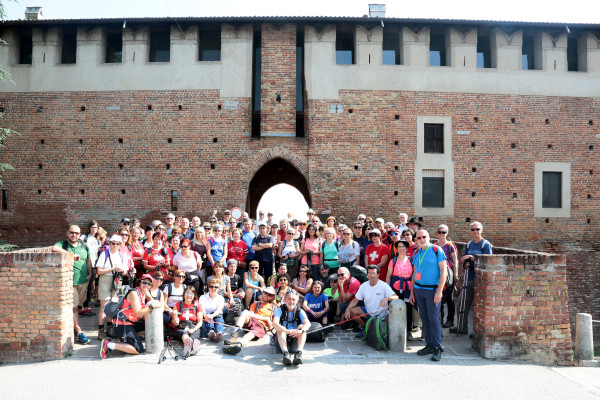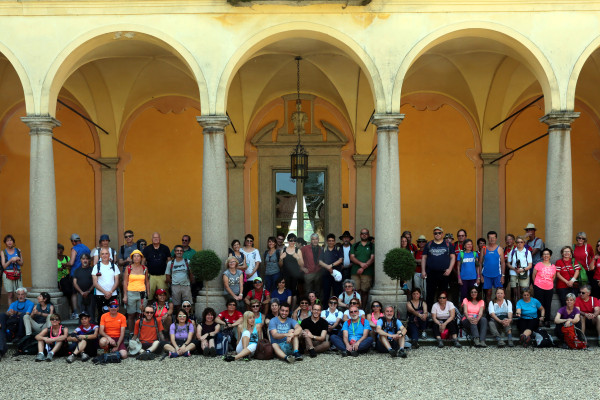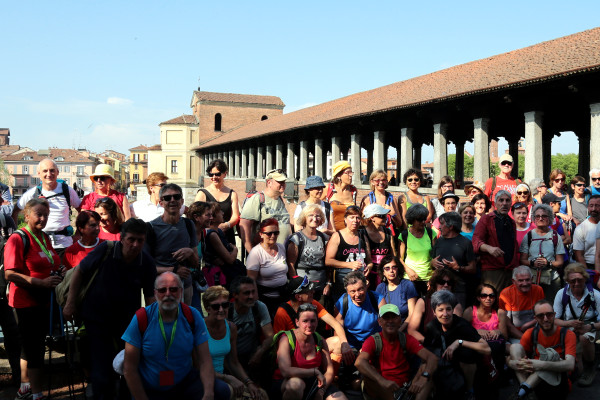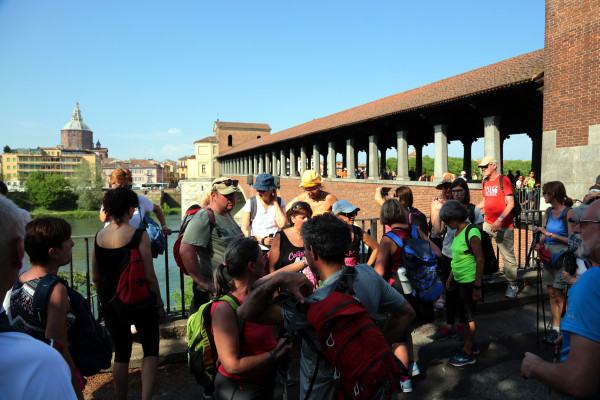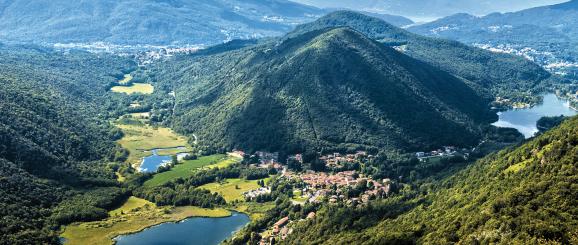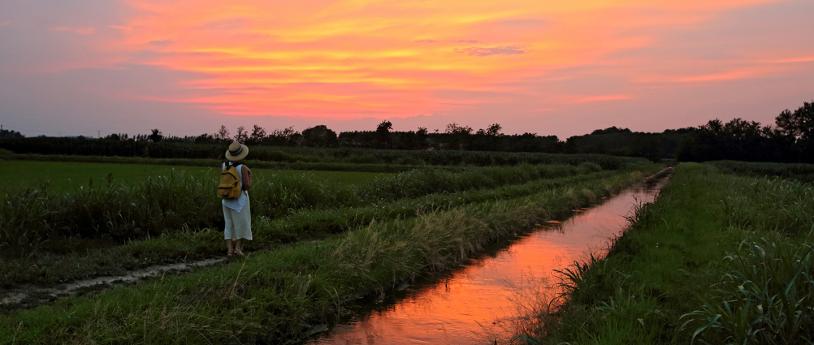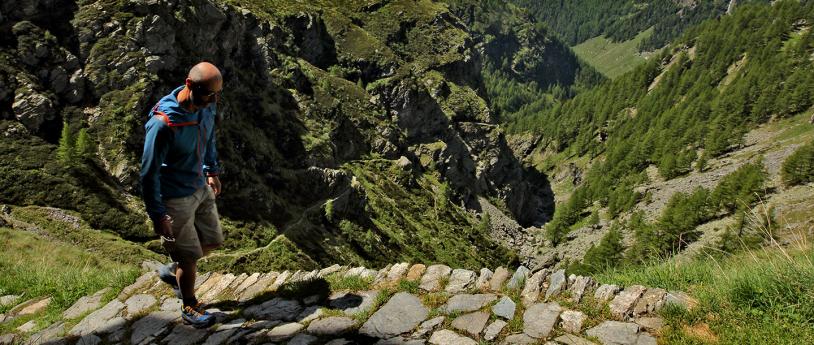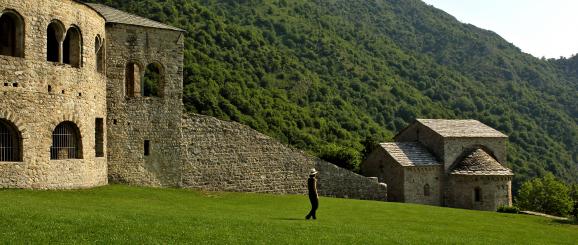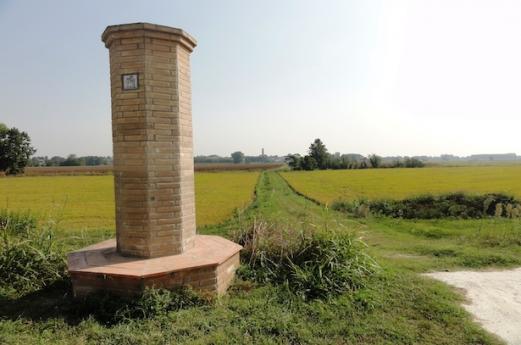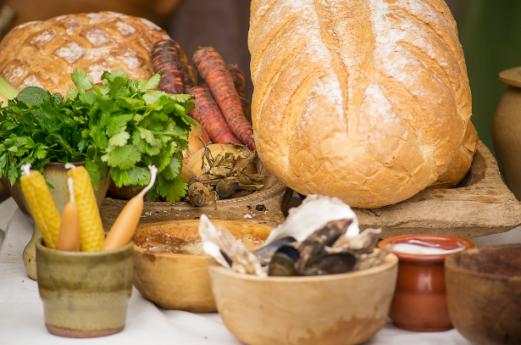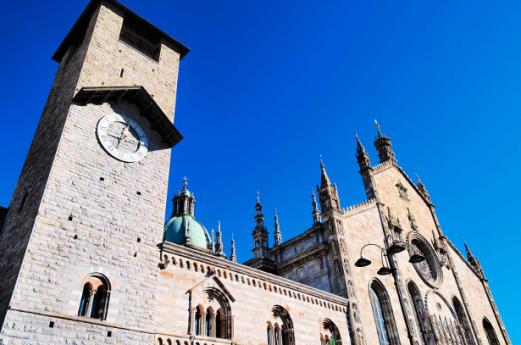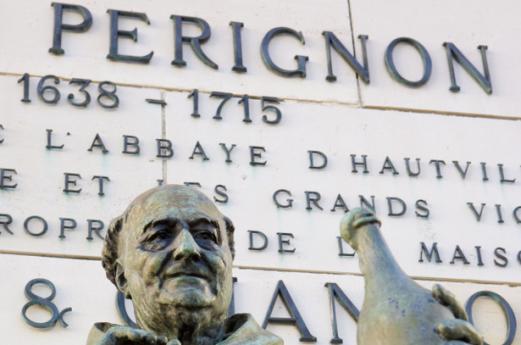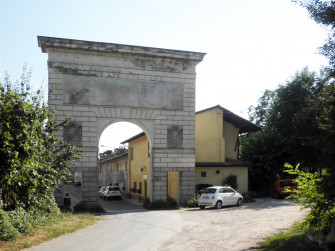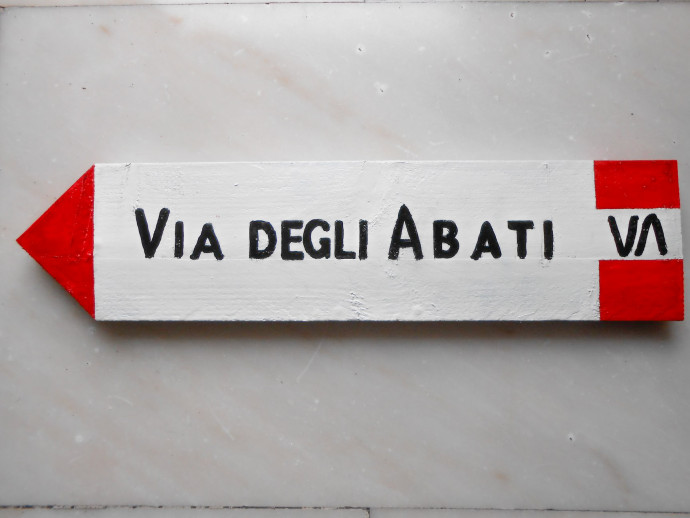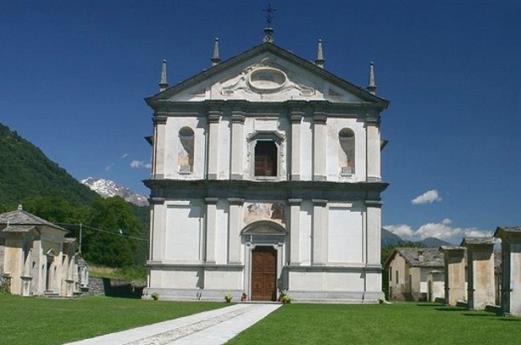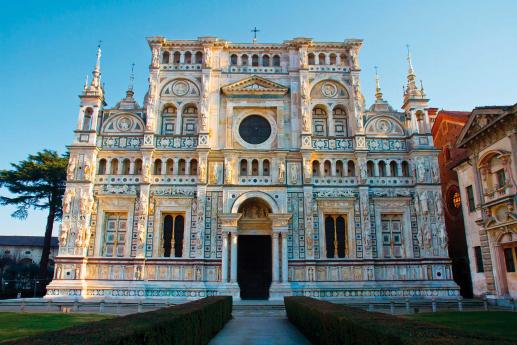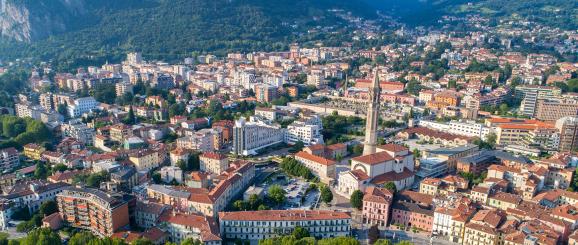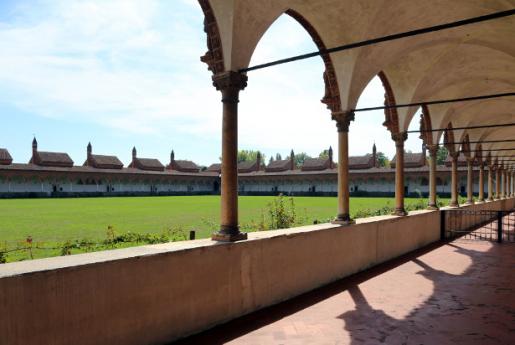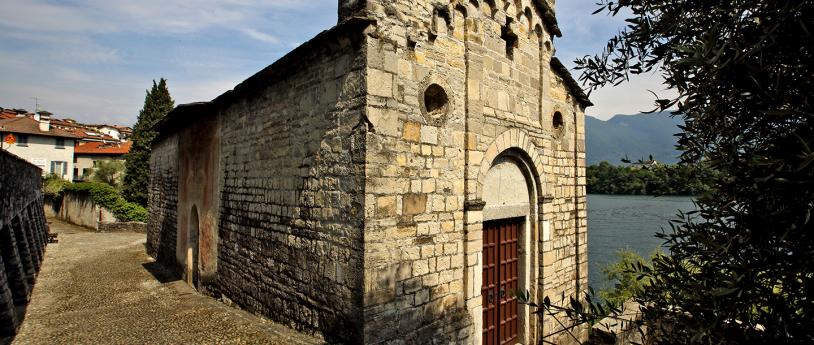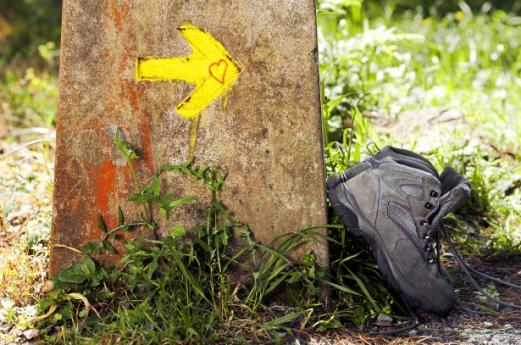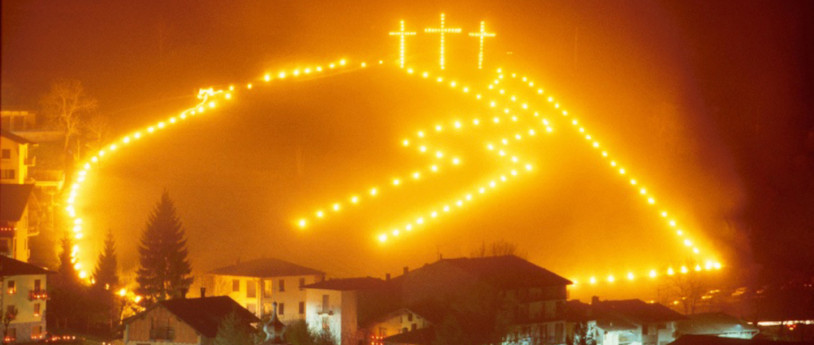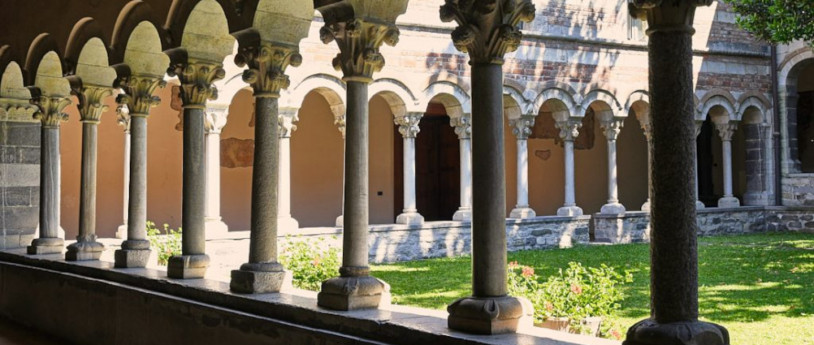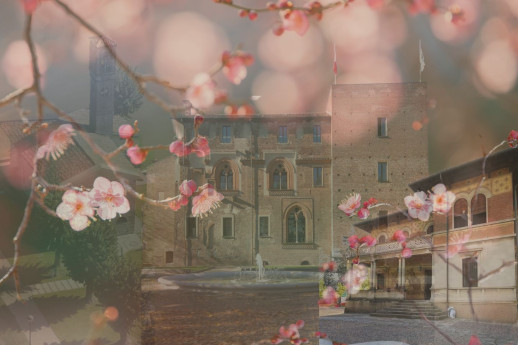- Religious Tourism
- Active & Green
Via Francisca del Lucomagno
A historical route that extends from Constance to Pavia and then joins the Via Francigena to Rome
The Via Francisca del Lucomagno was an ancient Roman-Longobard route that, starting from Central Europe—Constance—crossed the Lucomagno Pass and reached the Po Valley in Pavia, where it connected to the Via Francigena leading to Rome.
This route was one of the main connections between Central Europe and the Po Valley, significantly shortening the journey compared to other existing routes. Moreover, since the Lucomagno Pass is the lowest pass in the Swiss Alps, it was accessible almost all year round.
This situation changed significantly with the development of the Gotthard Pass, which connected the Canton of Uri with Ticino. Later, from 1847 onwards, most of the traffic was diverted towards Chiasso and Como following the construction of the Melide bridge. Over time, the memory of this ancient route was lost.
Many historical figures—monks, kings, armies, and merchants—traveled this path. Among the most famous were Saint Columbanus, who died in Bobbio in 615, as well as the emperors Otto I of Saxony, Henry II, and Frederick Barbarossa. It is believed that the route also provided access to the Camino de Santiago de Compostela through a deviation towards Vercelli and Arles in France.
